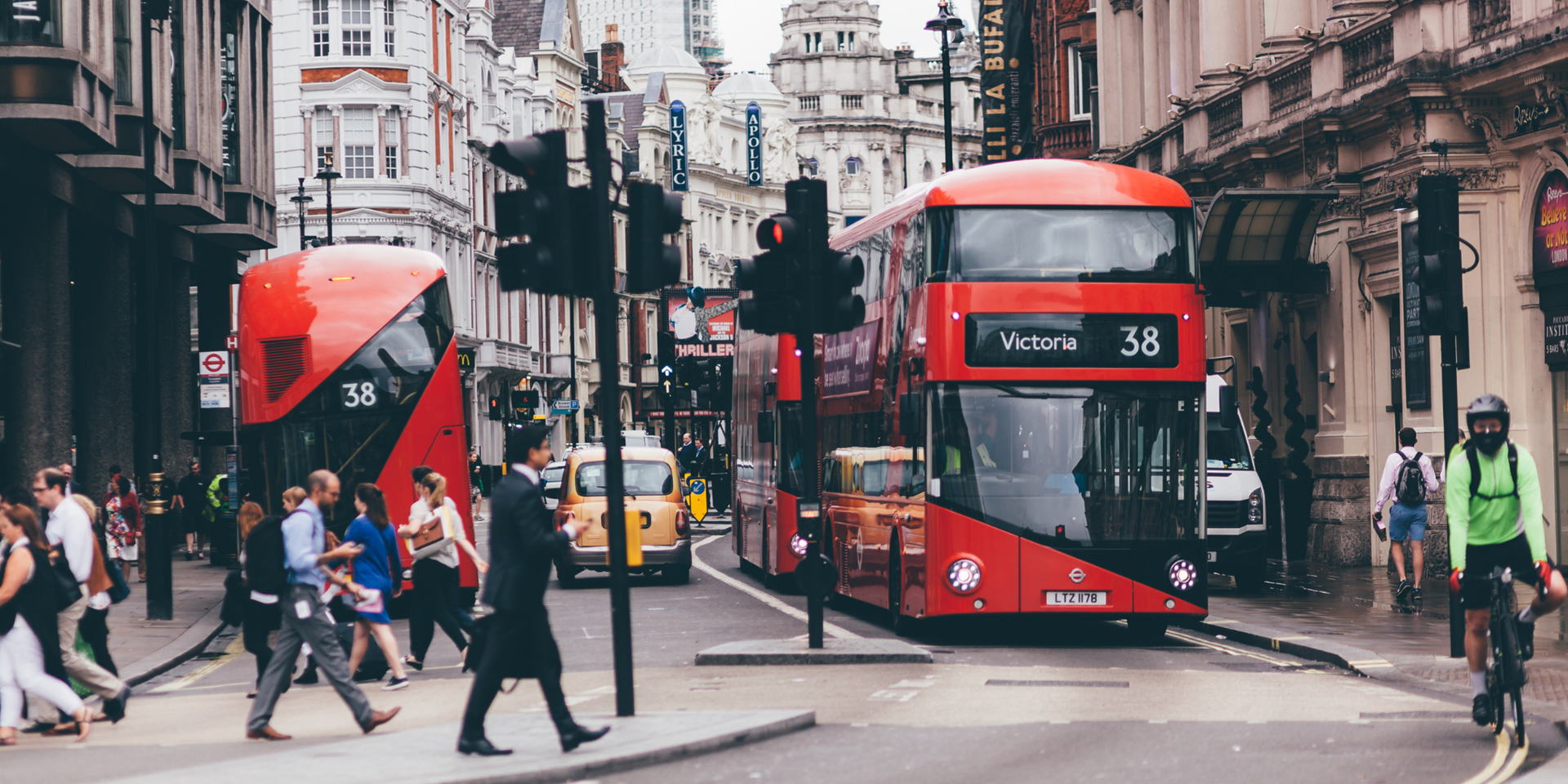NLA Smart Streets: Interactive Technology in the City



Director of Digital Development Ana Matic discusses the future of construction, and how digital twins are changing how we can approach new projects.
The future of construction is digital, with iterative relationships between the digital and physical environment. The role of an Architect is changing and the strategic client briefing is extending through to handover stages for projects with the ability to assist our Clients in achieving a functional Digital Twin for their facility. With the changes in the Construction Industry brought about with the ever-increasing requirement for adaptive, responsive environments, the implementation of Digital Twin systems will become more common and bring about some key changes in how we run, operate and maintain individual facilities, and integrate across urban settings and wider, national systems.
Scott Brownrigg’s Digital Twin Unit is set up to deliver intelligent digital replicas of our Client’s buildings and infrastructure assets tailored for their facility needs and urban context.
Traditionally, architects tend to be heavily involved in the design and the construction of buildings and urban areas. However, with the advance in digital tools, our overall understanding of architecture, masterplanning and human behaviour is becoming valuable in creating and understanding the ‘in-use’ life of the buildings and environments we create.
So – What are Digital Twins?
Briefly, they are digital replicas of actual things or assets which are dynamic and connected to the real thing. So – Digital Twins are not static 3D models but responsive and intelligent simulations connected to a feed of information. Digital Twins change and update to co-exist with the real asset. They are also used to run and control physical assets.
Digital Built Britain [CDBB] Gemini Project – UK National Digital Twins
Most countries globally are beginning to organise and govern the way Digital Twins will work across national systems. In the UK, a number of bodies led by the Centre for Digital Built Britain [CdBB] are working on a large number of related projects to push forward both the legislative and the commercial development of Digital Twins. Key concepts are:
Scott Brownrigg ‘Urban Data Centre’ project
Current rapid developments in technology are targeting ‘big-data’ management and as part of that, ‘keeping things in the cloud’ sounds very attractive. However, the Cloud data is actually kept in large buildings, outside of urban areas which utilise great amount of energy resources.
We work on a variety of advance technology projects and are at the forefront of designing future typologies to achieve better environmental and lifecycle outcomes. As the global need for data management grows exponentially, future Data Centres are likely to be smaller in size, integrated into urban fabric and enable cross-integration of technology, energy conservation and next generation mixed-use development, which could benefit from heat-recycling and provide new ways of cooling and management.
Read here: Retooling the City for the Future
Local Authority and Statutory submissions.
Platforms like VuCity are already collecting live model updates of new urban developments. One of the key game changers will be the fact that we will be submitting information for approvals in a different way and that the existing, the proposed and the ‘future proposed’ will start co-existing within these ‘metaverses’ that will enable urban planning.
‘Game Changers’ – the next 5 years
The arrival of smart cities is already happening. ‘Virtual Bradford’ is an open source digital twin to enable urban planning, simulation, resilience testing and encourage public participation and democratic process. This is a collaboration between the city of Bradford, the University and private suppliers. The data will be provided through ‘Open Government License’ and unimpeded access will stimulate growth, regeneration and innovation.
'Virtual Singapore' has existed for several years already. It’s an interactive virtual model of the city with a high level of detail. The models are ‘intelligent’ with inbuilt geo and dimensional data which allows planning and simulation. In addition, aspects of the data are also ‘dynamic’ which means that the models receive ‘real time’ data about transport, air quality, metrological conditions and ‘heat island’ areas if present.
One of the biggest next challenges will be the ‘curation’ of data. Sorting, calibrating and ‘curating’ so that the vast amount of data we are currently creating – actually becomes useful and understandable information.
The co-relation and integration between physical and digital systems will encourage rapid developments in many aspects of our daily existence:
You're looking for exceptional architecture. We're looking for exceptional projects. Let's start a conversation
Enquire